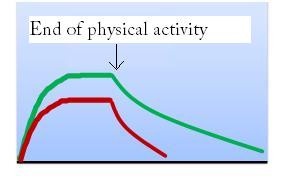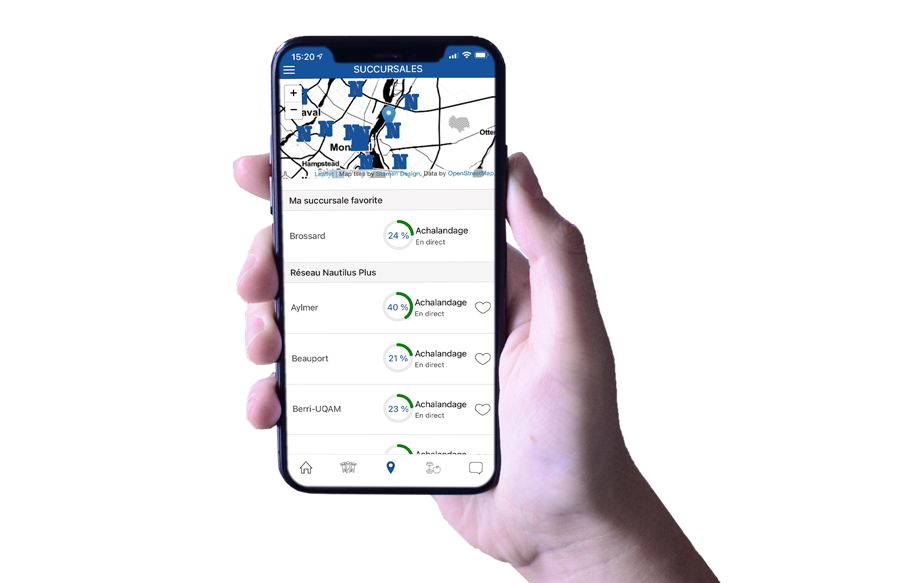
Should We Use The Fat Burn Option On Cardio Machines?
January 10, 2013 - By Mathieu Rousseau
![]() 2 minutes
2 minutes
There are many functions on cardio machines: manual, intervals, fat burn, etc. We are often tempted to use the latter, which promises to burn fat. However, you should know that this function is programmed to be low-intensity. For weight loss, vigorous, high-intensity efforts offer the best results.
By using the “fat burn” option, we exercise at low intensity. Yes, our body will draw energy from fat reserves, but only after 20 to 30 minutes of exercise. Thus, the energy expenditure is rather low. A high-intensity session of the same length, at about 75 % of your maximum heart rate, will make you spend a lot more energy. And in a weight loss process, the objective is to maximize energy expenditure!
Furthermore, studies have shown that high-intensity and interval training result in greater fat loss in the long term (2-4). First, by being in better physical condition, we are more inclined to be active every day. We move more and we lose weight more easily. In addition, the body burns more fat in the hours following a high-intensity cardio session. Indeed, this type of session is followed by an increase in metabolism (4), which encourages the body to draw energy from fat reserves. The graph below shows how the metabolism reacts during and after high- and low-intensity exercise.
Energy expenditure during and after exercise

Green: High intensity
Red: Low intensity
Black: Basal metabolism
Following the end of a high-intensity exercise, the energy expenditure (metabolism) is increased for a longer period of time.
To begin a high-intensity program
High-intensity efforts can be hard for those who are less athletic or those who just started exercising. To rectify this, both types of exercise can be combined. I recommend that you begin with a minimum of 12 minutes at 75-80 % of your maximum heart rate. You can then complete with a low-intensity exercise (± 60 %) if you wish to.
Have a great workout!
References:
1. Gropper, SS et Smith, JL (2009). Advanced Nutrition and Human Metabolism 5th. ed., Nelson Thomson Learning. Toronto, Ontario, Canada.
2. Shaw K et al. (2006). Exercise for overweight or obesity. Cochrane Database Syst Rev. 18;(4):CD003817.
3. Tjønna AE et al. (2009). Aerobic interval training reduces cardiovascular risk factors more than a multitreatment approach in overweight adolescents. Clin Sci (Lond). 116(4):317-26.
4. LaForgia J et al. (2006). Withers RT, Gore CJ. Effects of exercise intensity and duration on the excess post-exercise oxygen consumption. J Sports Sci. Dec;24(12):1247-64.
Should We Use The Fat Burn Option On Cardio Machines? is a post from Nautilus Plus. The Nautilus Plus blog aims to help people in their journey to fitness through articles on training, nutrition, motivation, exercise and healthy recipes.
Copyright © Nautilus Plus 2013

Découvrez le centre Nautilus Plus le plus près de chez vous!

There's one closer than you think! See where it's located.
Find a gym
